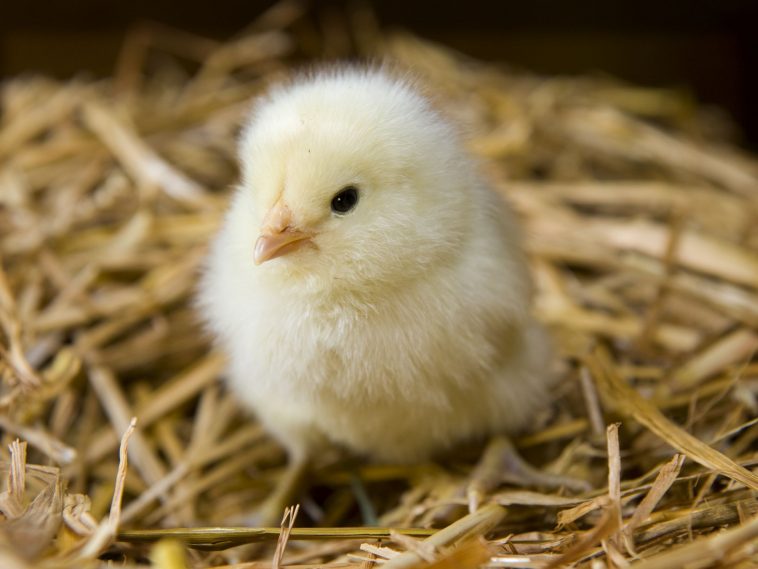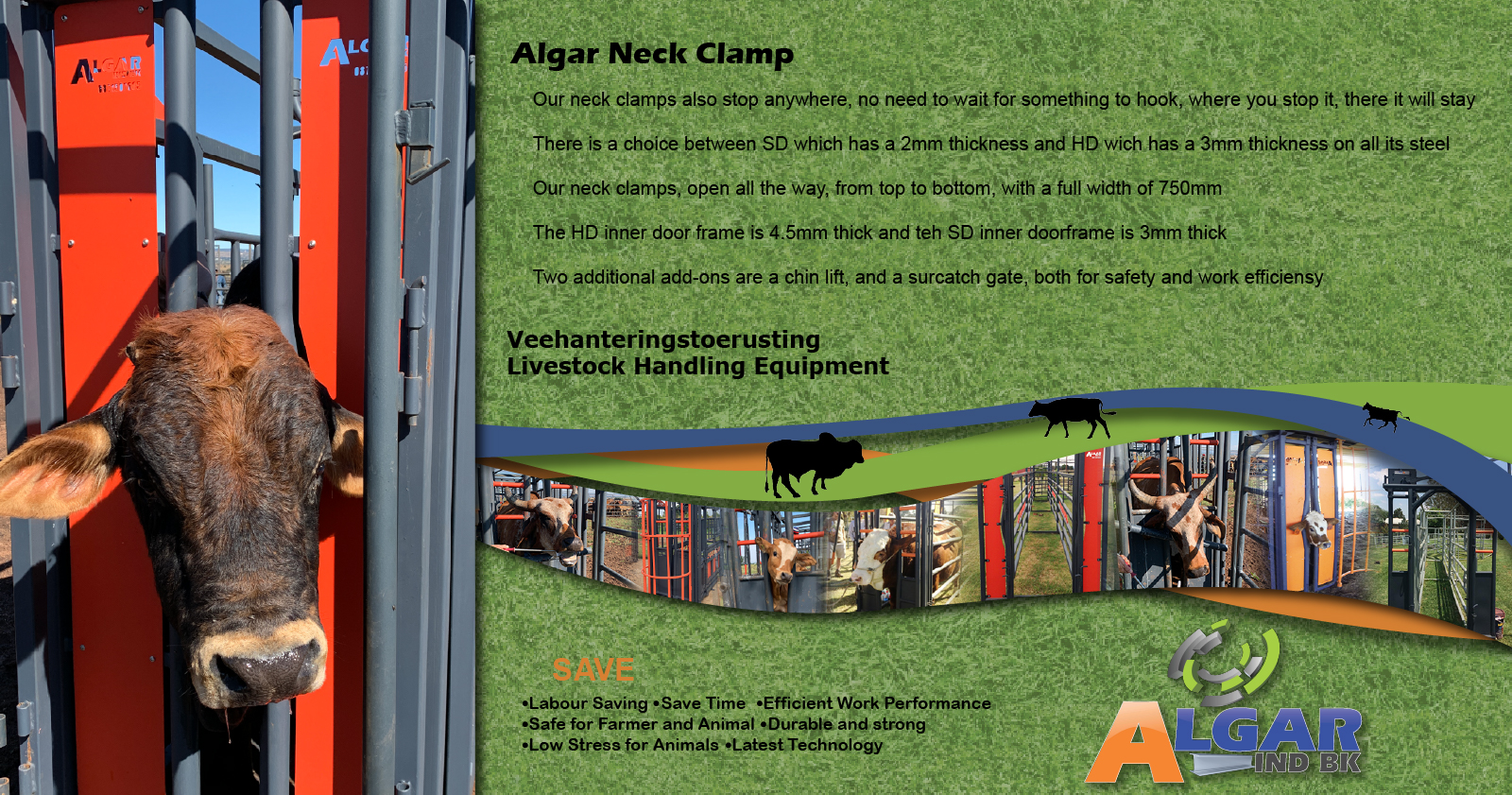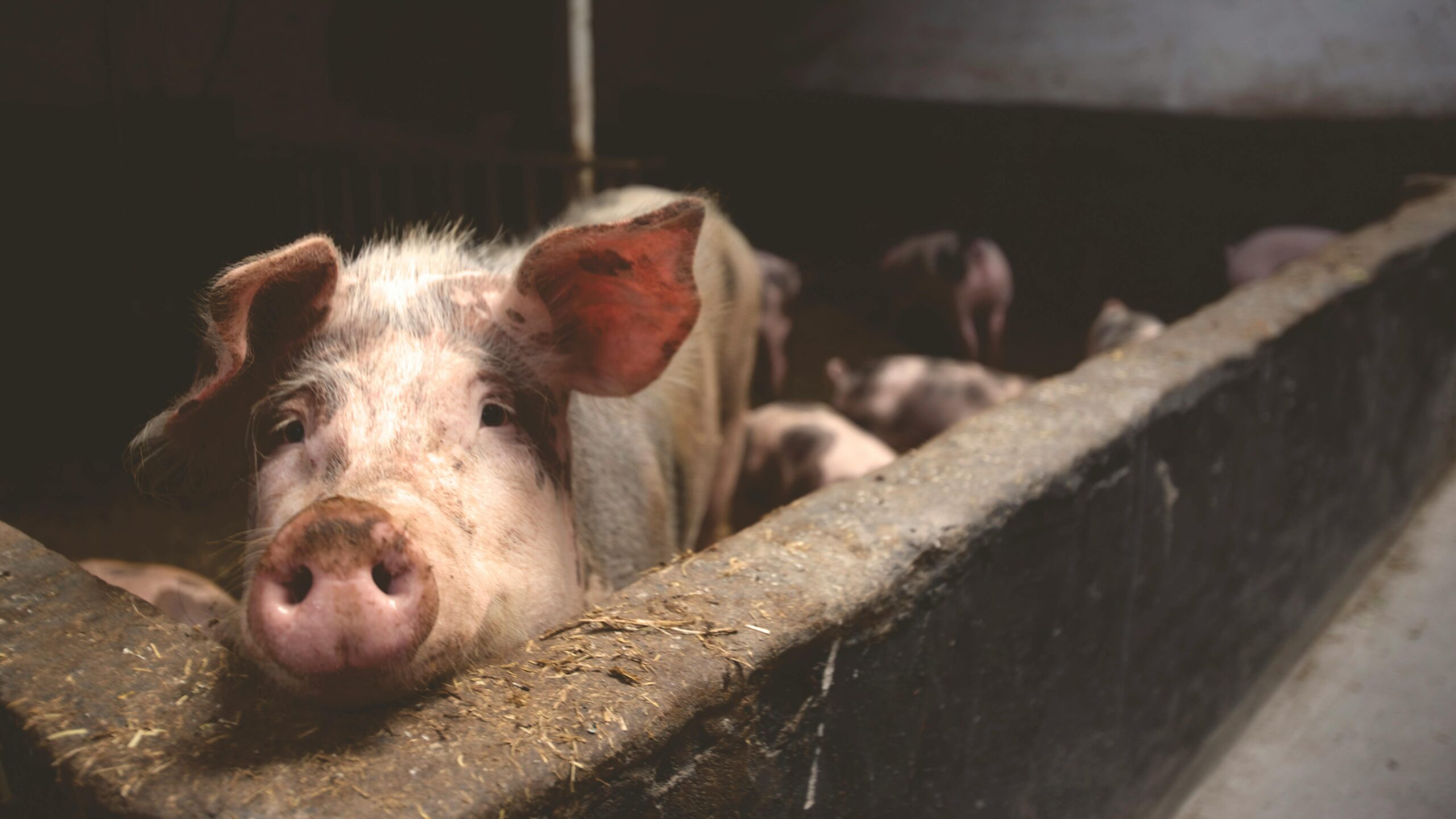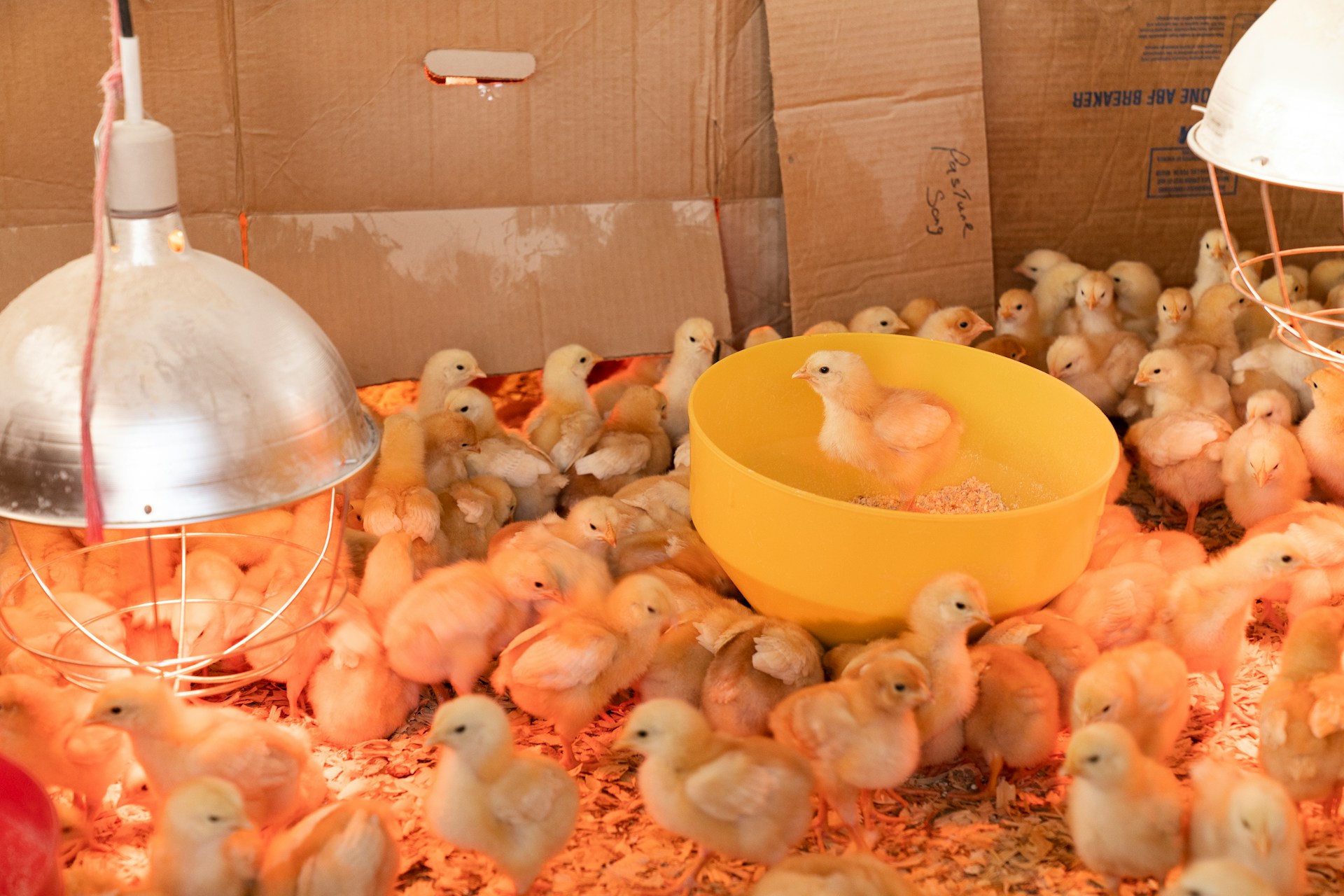In part one of Chapter 4 we discussed the types of chickens suitable for Southern African circumstances. We also learned how to take care of day-old chicks in a heated brooder from the day they arrive until they are four weeks old and ready to be moved to a henhouse.
In part 2 we discussed the specific requirements for raising healthy chickens in a brooder. We also learned how to construct a hay box brooder from simple, readily available materials.
In part 3 we discuss the construction of a small round hut brooder with natural materials, and an easy to construct hessian-covered brooder. We shall also discuss good management of these brooders.
The small round hut brooder
This brooder is suitable for fifty day-old chicks. The size is important to keep the chicks warm and snug with their own body heat and without the use of any equipment, such as infrared lights.
This round brooder of 1 000 mm (one metre) in diameter, is suitable for fifty chicks from day-old to four weeks of age. It must be constructed inside a poultry house, and to keep the chickens safe, a chick guard must be put up around it.

Figure 3: A small round hut made with stakes, chicken wire, and grass.
Construction of the round hut brooder
Draw a circle of one metre in diameter on the ground. Roll out 13 mm wire mesh following the circle, leaving an opening of 230 mm wide at the front. Cut twenty stakes (poles) of 300 mm each and tie the stakes to the mesh 150 mm apart.

Wrap thin, supple tree branches around the top and bottom of the mesh and stakes.
Cover the wire mesh all round with bundles of tall grass, using thin branches to keep the grass in place. Make a thatched roof that fits on top of the grass walls. The roof must not be attached to the sides of the hut so that it can be removed.
Make sure there are no gaps where the wind can get in and cause a draft.
Construction of the chicken guard
Draw a circle of two to two-and-a-half metre (2,0 – 2,5 m) in diameter around the brooder. Roll wire mesh of 600 mm high out along the circle. Cover the wire mesh with grass. This space inside the chicken guard is called the run.

Figure 4: A hessian brooder consisting of a wooden frame, chicken wire, and sheets of hessian or plastic.
Management of the round hut brooder
During the first week the feeders and drinkers must be placed inside the hut. Make sure the drinkers are cleaned and filled with fresh water twice a day and make sure the feeders are filled with suitable feed. The chickens can be allowed to move freely in and out of the hut during the day, but they must sleep inside at night.
The drinkers and feeders can be moved to the run in the second week. Place 100 mm of litter, consisting of chopped hay, on the floor of the hut. The litter must be replaced as often as necessary to prevent it from becoming damp and smelly.

When it is warm during the day, the roof can be removed for ventilation and to let sunlight in. After the chickens have been moved to the henhouse, the hut must be disinfected and remain empty for between seven and fourteen days before new day-old chicks are put in it.
Adjustable hessian cold brooder
A hessian cold brooder consists of a frame of 100 mm high, 750 mm long, and 600 mm wide.
The bottom of the frame is covered with wire mesh. The bottom of the brooder must be 80 mm above the litter. It can be fitted with adjustable legs so that the bottom can be raised as the chickens grow bigger. Strips of hessian or plastic of 50 mm wide and 80 mm long can be hung from the bottom edge of the frame to act as curtains. These curtains will help to keep the heat inside, while allowing the chickens to move into the run.
Cover the top of the mesh with hessian and a 100 mm layer of wood shavings or straw as insulation. Cover the wood shavings with another layer of hessian to keep it in place.

This insulating layer retains heat inside, while allowing fresh air to move through the brooder. It is preferable to introduce the chicks to the brooder on the first evening. Close the curtains and place strips of cardboard over the curtains on three sides of the brooder for extra insulation. The third side can be covered with wire mesh to allow ventilation. The cardboard must be removed during the day but replaced during cold nights.
Management
- Be quiet and careful around the chicks, as noise and sudden movements can stress them out.
- Visit the brooder often during the day to make sure the drinkers are clean and filled with water, and that the feeders are filled with food.
- Remove wet or hard-baked litter and replace it with fresh litter. The used litter can be added to a compost pile, which can be used to enrich the soil of your garden.
- Remove weak chickens from the brooder and treat them separately. If they don’t recover, cull them, and burn the remains.
- It is important to keep the brooder and the run clean to prevent diseases.
- If rodents, such as rats, can still get inside despite your precautions, cover the brooder with 13 mm mesh during the night.
- Keep a record of the chicks and the quantity of feed they eat. Weigh them every week in groups of five to ten in a bucket attached to a scale. Divide the weight by the number of chicks to determine average weight. Write down the numbers to see whether they are growing at an even rate and how fast they are growing.

Equipment needed
Feeders
Shallow feeders, such as egg trays or even sheets of cardboard, must be provided for day-old chicks.
When the chicks are one week old, they can start using feeders or troughs such as the homemade ones in Figure 1. The side of the feeder must be 75 mm high, and it must be easy to clean it properly.

Figure 1: Homemade feeders using materials that are readily available.
Drinkers
Day old chicks need shallow drinkers. When they are one week old, they can start using water fountains or troughs, which can be home-made, as shown in Figure 2.

Figure 2: Homemade drinkers made with a tin and saucer, or a bottle and tray.
For a water fountain, use a tin can and a saucer. Make a small cut in the edge of the tin where the water level will be. Fill the tin with water, place a saucer on top of it and turn it upside down so the water fills the saucer as fast as the chickens drink it.
A bottle can also be used to feed water to a trough. The trough must be filled with clean, small stones during the first week so the chickens cannot fall into the water and drown.
References
Cilliers, P.F. (July 2000) Small-scale poultry housing in South Africa. ARC-Institute for Agricultural Engineering
Hay-box brooder: a milestone to increase rural households’ poultry production, Ethiopia. (n.d.) Food and Agriculture Organizations of the United Nations https://www.fao.org/3/CA3079EN/ca3079en.pdf









